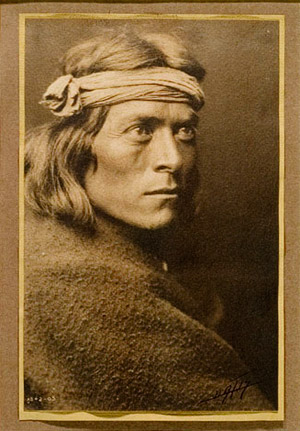
FLAGSTAFF, Ariz. (AP) – Archaeologists are excavating sites along the Colorado River in the Grand Canyon in hopes of saving artifacts before they wash away.
Although the National Park Service typically leaves such artifacts alone, about 60 sites are being undercut by water, or unearthed by wind, topography, and a lack of sand, which is largely blocked from getting into the canyon by Glen Canyon Dam upriver.
National Park Service archaeologists and the Museum of Northern Arizona are working to uncover nine of the sites, which are mostly about 1,000 years old.
The excavation is costing about $1.2 million and is funded with fees visitors pay to enter the park. After the digs, the ruins of homes and granaries are being reburied by hand.
Along with the excavation of gaming pieces, pottery, a kiva and even a bone from a bison, the archaeologists are also mapping sediment, leading to the most complete picture of flooding in the Grand Canyon since the last ice age, said Jan Balsom, a deputy chief of science at the park.
While one large pot was flown out of the canyon in a helicopter, most artifacts are being taken by boat and vehicle to the museum. The artifacts will ultimately end up on display at the South Rim.
When archaeologists unexpectedly unearthed a kiva – a round, ceremonial room that is not a common find around the Grand Canyon – a member of the Pueblo Zuni tribe was on site.
“He was thrilled to death about it,” said Lisa Leap, an archaeologist at the park. “He said finding these and learning what we’re learning is just solidifying their traditional oral histories.”
Among the archaeologists’ findings since digging began in 2006 is evidence that prehistoric people inhabiting the banks of the Colorado grew cotton, might have played games, harvested pinyon nuts, and grew squash and corn.
___
Information from: Arizona Daily Sun, http://www.azdailysun.com/
Copyright 2009 Associated Press. All rights reserved. This material may not be published, broadcast, rewritten, or redistributed.
AP-WS-03-15-09 1829EDT

